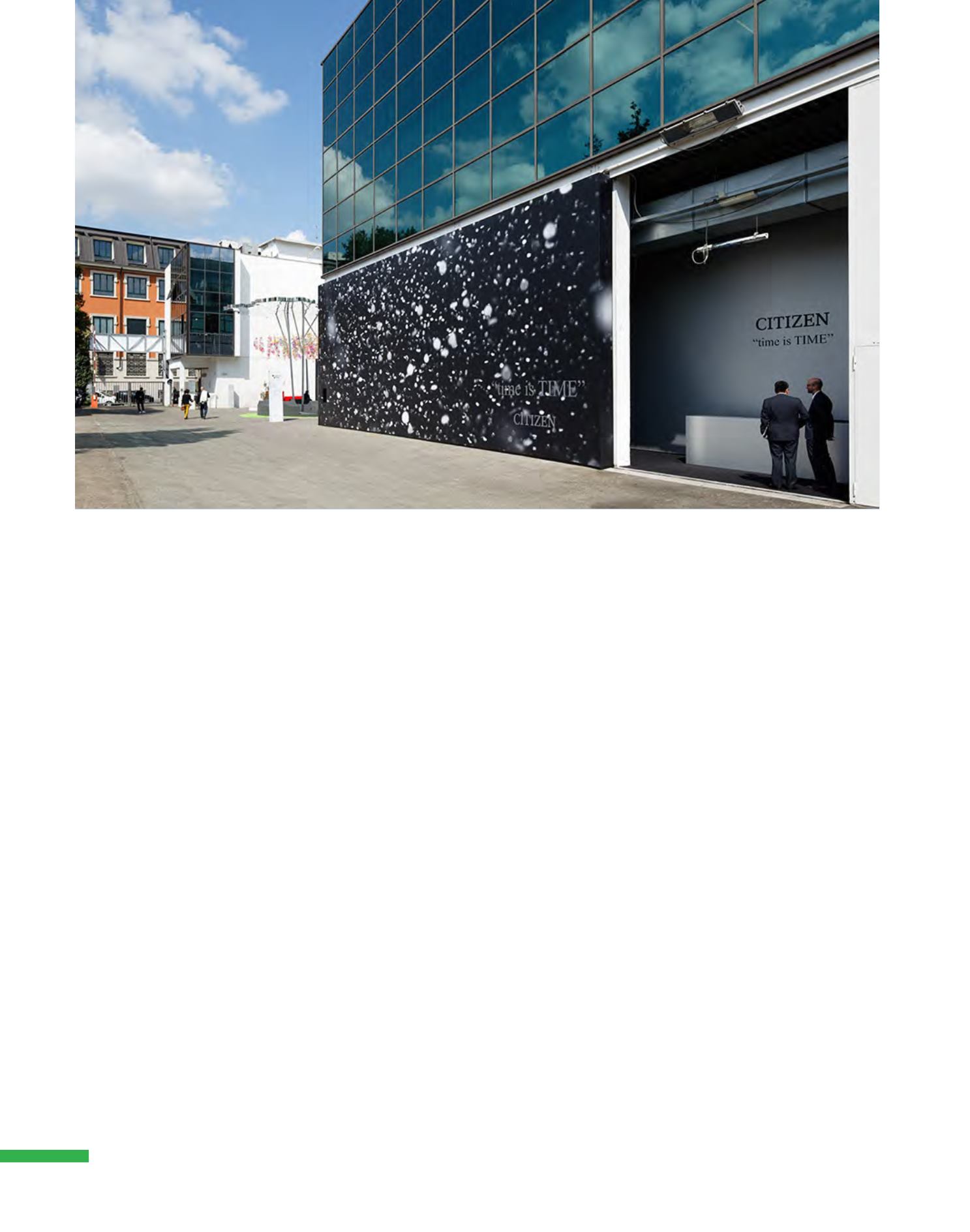

2016
אוגוסט
106
אדריכלות ישראלית
|
דוראל-חוטמה-טיין אדריכלים
79
|
However, the significant stage of my
architectural career came in 2003 when
I began to work in Jean Nouvel’s office
in Paris. I worked on a project for which
Nouvel collaborated with Norman Foster.
The collaboration was not successful and
the project was never accomplished, but I
decided to submit a collaborative proposal
for the Estonian National Museum with two
of my colleagues - a Lebanese architect
and a Japanese architect… and we won.
But, since, of the three of us, I was the only
architect registered in Europe, the prize was
in my name.
...And?
Encompassing 30,000 sq.m at a cost of
84 million Euro, the project enabled us to
establish our own office in Paris, believing
that there we could realize the ability in each
of us.
Your father said he held a socio-
emotional dialog with his clients. “I let
them express their aspirations but then
do what I understand”...
We, in the office, conduct an ongoing
dialog with everyone involved in the project,
starting with the partner and ending with the
client or whoever will experience it in the
future. The preliminary research focuses on
understanding the identity of the users, their
culture and historical background, whether
this relates to a country like Estonia, or a
private client like the house in Oiso. When
developing the concept of the Estonian
Museum, we based our research on the
history of the place but, ultimately, the result
expressed our personal interpretation.
In Estonia, in fact, you coped with a
project representing a culture that was
completely foreign to you. Is a challenge
like that not too big for a relatively young
architect?
It was actually a re-examination of all
Estonian views regarding museums. The
site previously served as the largest Soviet
base and the oblong structure was the
antithesis of the previous building built in
1909. This aroused no small resistance from
some of the conservative residents. But,
evidently, each of the hundreds involved in
the planning and building of the museum,
which took ten years, feels the result is
his own. When we were declared winners,
the Estonian president said that contrary
to the other proposals, our building is not
a monument to the architects, but to the
Estonian nation. Winy Maas from MVRDV
who was one of the judges, said that the
building represents Estonia’s take-off
towards the future. We learned that for all
our adherence to the original idea, listening
and humility yielded better results than the
dream. I call it “archaeology of the future”.
It’s no secret that winning a competition
is the shortest way to start a professional
career. But, at the end of the day, one
must prove oneself…
True, prizes and competitions undoubtedly
contribute to image, but as you said, it isn’t
enough to establish an ongoing career. We
believe that every architectural action must
aspire to improve the users’ quality of life,
contribute to the identity of a place and, if
possible, without harming the environment.
If one manages this time after time, it works.
About two months ago I met your father
and he told me with pride that you
are considered one of the promising
architects in France. I know that you have
spent a large part of your life in Europe,
after all we met you as a boy in Milano.
Do you feel Israeli?
The circumstances have made me a citizen
of the world. I have been working and
thinking in four languages for 20 years now
– Hebrew, French, English and Italian – and
this necessarily affects one’s identity.
What now?
After completing the structure of our lives,
I am looking forward to the next challenge,
and I pray in four languages that it will be in
Israel.
Light is Time
- DGT's installation for
CITIZEN during Milan Design week.
Consisting of 100,000 watch plates
suspended in the air and lit by a vibrating
orchestrated light show, the project
undermines the sense of time.
Photo:
Takuji Schimmura.
















